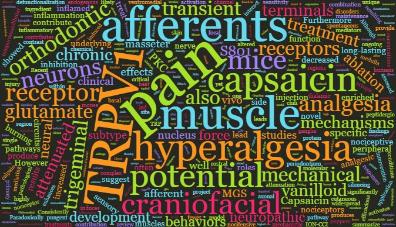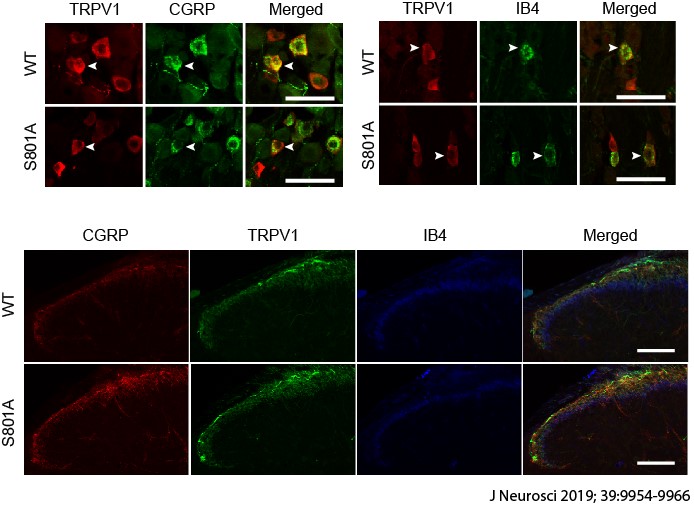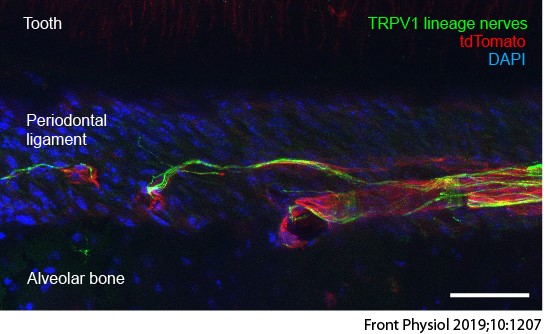contact
Yulvonnda Brown
Office Manager
F 410-706-0865
Dr. Chung Projects

1. Neurobiological mechanisms of oral and craniofacial pain
Orofacial pain arises not only from skin and mucosa, but also from deep tissues, such as masticatory muscles and joints. Wide variety of etiologies, such as tissue inflammation and nerve injury, leads to chronic pain that is often resistant to conventional therapies. Multiple chronic pain conditions in orofacial regions, such as temporomandibular joint disorders or neuropathic pain, are very difficult to properly treat. Despite great advances of several decades, neurobiological mechanisms of chronic pain conditions from orofacial area are still not clearly understood. Using multidisciplinary approaches, we study the peripheral and central neurobiological mechanisms underlying tooth pain, craniofacial muscle pain, and neuropathic pain. The study involves multiple mouse orofacial pain models, behavioral assays, mouse genetics, neural circuit manipulations, electrophysiological recordings, fluorescence recordings, immunohistochemistry and molecular biology.
2. Neural regulation of alveolar bone remodeling
During last decade, the roles of nociceptive afferents have been determined in regulating local inflammatory and immune responses to control microbial infection and tissue destruction in different barrier tissues such as skin, gut, and lung. Such regulatory roles of primary afferents are often mediated by neuropeptides released from nerves expressing transient receptor potential vanilloid 1 (TRPV1), a receptor for capsaicin. We study how TRPV1+ afferents modulate remodeling of bone around tooth (alveolar bone) under pathophysiological conditions such as periodontitis or orthodontic tooth movement. Using specific manipulation of a subset of primary afferents, we investigate neuroskeletal and neuroimmune mechanisms whereby sensory afferents projected to periodontium modulate alveolar bone remodeling. The study involves multidisciplinary approaches, such as mouse genetics, neural manipulations, microCT analysis, histological assays, flow cytometry and molecular biology. 
